
Sarpang District: The Hidden Jewel of Bhutan
Discover the enchanting Sarpang District in Bhutan, where lush greenery, rich culture, and serene landscapes create an unforgettable journey into nature's heart.
Sarpang District, nestled in the southern part of Bhutan, is a mesmerizing blend of lush greenery, rich cultural heritage, and serene landscapes. This enchanting region offers a unique glimpse into Bhutan's diverse ecosystem, with its vast forests, picturesque valleys, and abundant wildlife. Whether you are an adventure seeker or a nature lover, Sarpang has something magical to offer. From the captivating beauty of the Royal Manas National Park to the sacred monasteries that dot the landscape, Sarpang is a haven for those seeking tranquility and a deeper connection with nature. The district is also home to various ethnic communities, each contributing to the vibrant tapestry of local traditions and customs. Visitors can immerse themselves in the everyday life of the locals, experiencing their warm hospitality and age-old rituals. Sarpang's rich biodiversity makes it a paradise for bird watchers and wildlife enthusiasts. The region hosts several endangered species, providing ample opportunities for eco-tourism. With its pristine environment and unspoiled natural beauty, Sarpang District is an ideal destination for those looking to escape the hustle and bustle of urban life and reconnect with the essence of nature.
Local tips in Sarpang District
- Best time to visit is from October to April when the weather is pleasant and wildlife sightings are frequent.
- Carry cash, as ATMs and card facilities may be limited in remote areas.
- Hire a local guide to enhance your experience and gain insightful knowledge about the region.
- Respect local customs and dress modestly when visiting monasteries and sacred sites.
- Stay hydrated and carry insect repellent when exploring the forests and national parks.
Sarpang District: The Hidden Jewel of Bhutan
Sarpang District, nestled in the southern part of Bhutan, is a mesmerizing blend of lush greenery, rich cultural heritage, and serene landscapes. This enchanting region offers a unique glimpse into Bhutan's diverse ecosystem, with its vast forests, picturesque valleys, and abundant wildlife. Whether you are an adventure seeker or a nature lover, Sarpang has something magical to offer. From the captivating beauty of the Royal Manas National Park to the sacred monasteries that dot the landscape, Sarpang is a haven for those seeking tranquility and a deeper connection with nature. The district is also home to various ethnic communities, each contributing to the vibrant tapestry of local traditions and customs. Visitors can immerse themselves in the everyday life of the locals, experiencing their warm hospitality and age-old rituals. Sarpang's rich biodiversity makes it a paradise for bird watchers and wildlife enthusiasts. The region hosts several endangered species, providing ample opportunities for eco-tourism. With its pristine environment and unspoiled natural beauty, Sarpang District is an ideal destination for those looking to escape the hustle and bustle of urban life and reconnect with the essence of nature.
When is the best time to go to Sarpang District?
Iconic landmarks you can’t miss
National Memorial Chhorten རྒྱལ་ཡོངས་རྗེས་དྲན་མཆོད་རྟེན།
Experience the serene beauty and rich spirituality of the National Memorial Chhorten in Thimphu, a prominent Buddhist temple and cultural landmark.
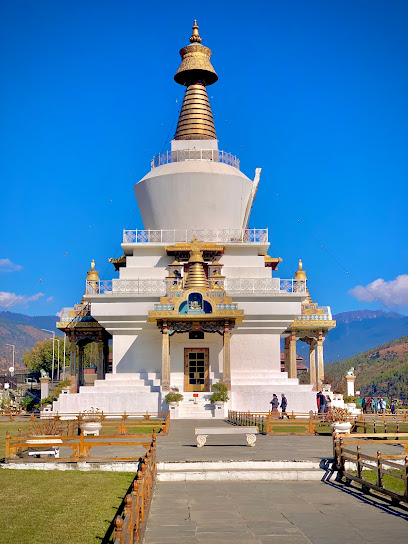
Punakha Dzong སྤུ་ན་ཁ་རྫོང་།
Explore the breathtaking Punakha Dzong, a UNESCO World Heritage site blending rich history and stunning architecture in the heart of Bhutan.
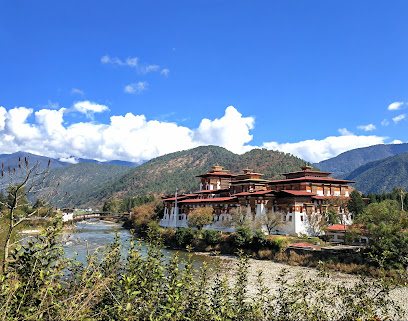
Punakha Suspension Bridge
Experience breathtaking views and adventure at the Punakha Suspension Bridge, Bhutan's longest suspension bridge connecting scenic valleys.
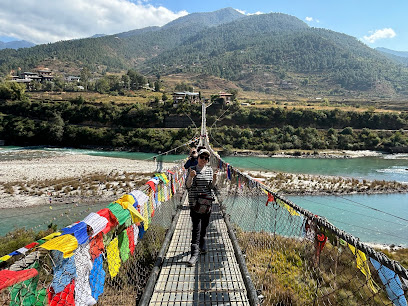
Royal Takin Preserve
Explore the Royal Takin Preserve, a stunning sanctuary for Bhutan's national animal amidst breathtaking Himalayan landscapes.
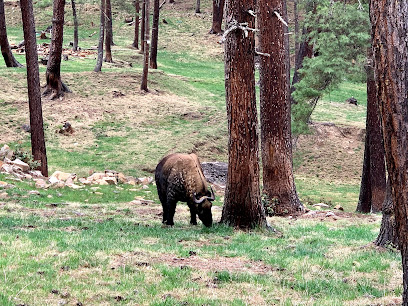
Simtokha Dzong སེམས་རྟོགས་ཁ་རྫོང་།
Discover the historical and spiritual essence of Bhutan at Simtokha Dzong, the oldest fortress in the kingdom, surrounded by breathtaking views.
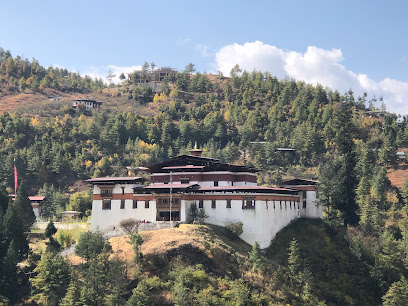
Mwnabili Picnic Spot & Eco Tourism
Experience the tranquil beauty of Mwnabili Picnic Spot & Eco Tourism, where nature and relaxation come together in Assam's stunning landscapes.
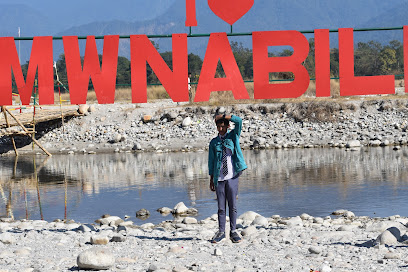
Phobjikha Valley
Explore the serene Phobjikha Valley, a breathtaking glacial valley known for its stunning landscapes, rich biodiversity, and tranquil atmosphere in Bhutan.
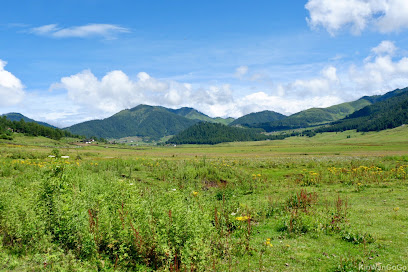
Zangtopelri
Discover the tranquility and beauty of Zangtopelri, a stunning Buddhist temple in Phuentsholing, Bhutan, rich in culture and spirituality.
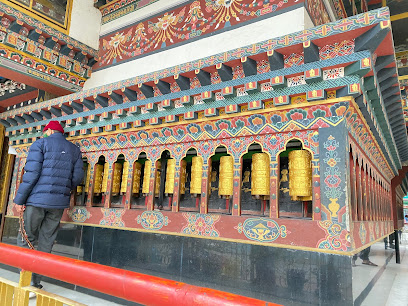
Chimi Lhakhang
Explore Chimi Lhakhang, the iconic fertility temple in Bhutan, celebrated for its unique architecture and spiritual significance. A must-visit for travelers!
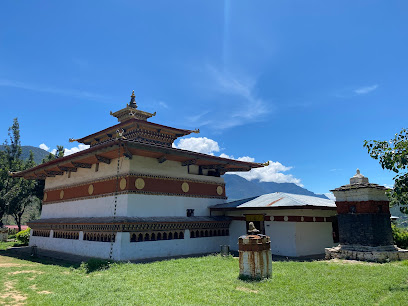
Gangtey Monastery
Experience the tranquil beauty and rich spiritual heritage of Gangtey Monastery in Bhutan's breathtaking Phobjikha Valley.
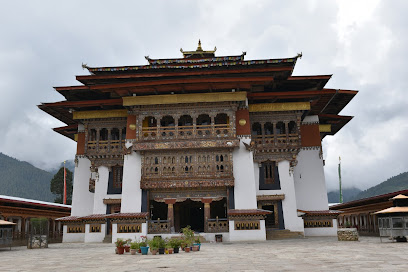
Dochula
Discover the breathtaking views and cultural richness of Dochula Pass, a historical landmark in Bhutan that captivates every traveler.
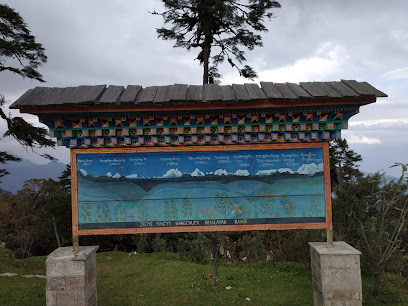
Royal Manas National Park
Explore the breathtaking landscapes and diverse wildlife of Royal Manas National Park, a top tourist attraction in Bhutan.
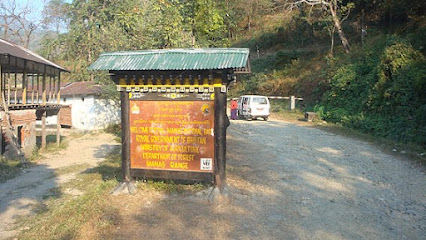
Jigme Singye Wangchuck National Park
Explore the breathtaking landscapes and diverse wildlife of Jigme Singye Wangchuck National Park, a gem of Bhutan's natural heritage.
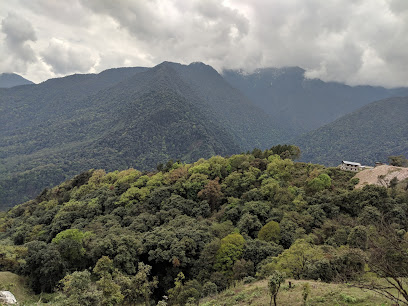
Bhutan-India Border, Gelephu
Discover the vibrant Bhutan-India Border at Gelephu, where culture meets adventure and breathtaking landscapes await.
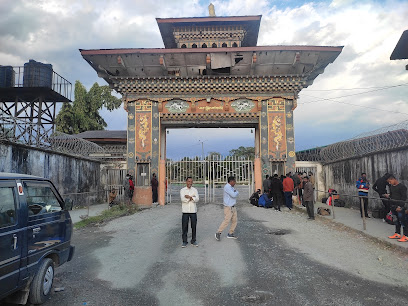
Jamphel Lhakhang བྱམས་་པ་ལྷ་ཁང་།
Experience the spiritual heart of Bhutan at Jamphel Lhakhang, a stunning Buddhist temple surrounded by breathtaking landscapes and rich cultural heritage.
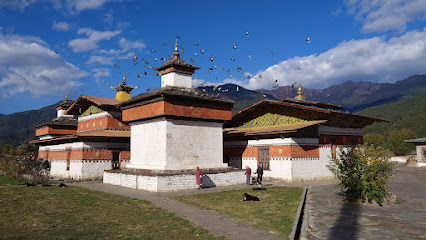
Unmissable attractions to see
Buddha Dordenma Statue སྟོན་པ་རྡོར་གདན་མ།
Explore the serene beauty and spiritual significance of the Buddha Dordenma Statue, a monumental symbol of peace in the heart of Thimphu.
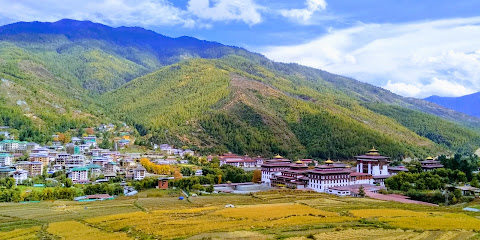
National Memorial Chhorten རྒྱལ་ཡོངས་རྗེས་དྲན་མཆོད་རྟེན།
Experience the serene beauty and spiritual significance of the National Memorial Chhorten, a must-visit Buddhist monument in Thimphu, Bhutan.
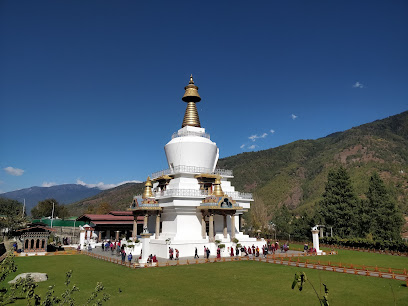
Royal Takin Preserve
Discover the Royal Takin Preserve in Bhutan, home to the majestic Takin and surrounded by breathtaking natural beauty.
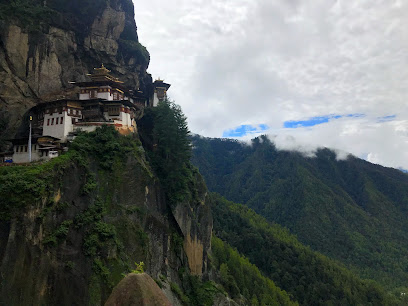
Simply Bhutan
Explore the vibrant culture and traditions of Bhutan at Simply Bhutan, a unique heritage museum in the heart of Thimphu offering immersive experiences and rich history.
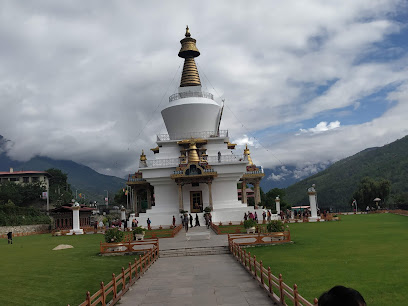
Simtokha Dzong སེམས་རྟོགས་ཁ་རྫོང་།
Immerse yourself in Bhutan's rich history at Simtokha Dzong, a stunning 17th-century fortress with breathtaking views and intricate architecture.
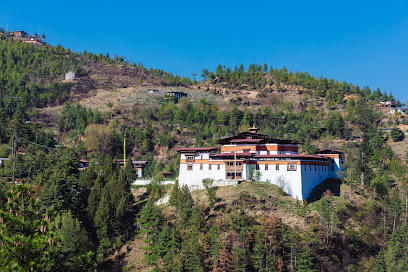
Taa-Dzong བལྟ་རྫོང་།
Discover the rich cultural heritage of Bhutan at Taa-Dzong, featuring historical artifacts and captivating exhibits in a serene setting.
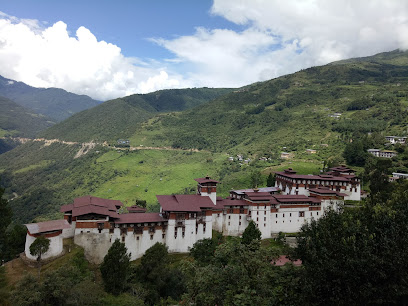
Gangtey Nature Trail
Discover the breathtaking beauty of the Gangtey Nature Trail, a serene hiking experience in Bhutan's Phobjikha Valley, perfect for nature lovers.
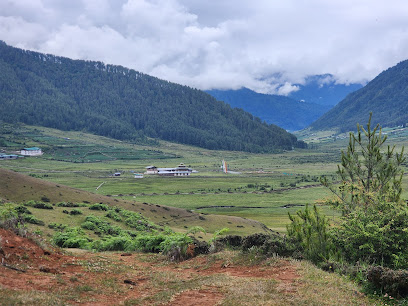
Trongsa Dzong View Point
Explore the stunning Trongsa Dzong View Point in Bhutan, offering breathtaking views of the majestic dzong and surrounding landscapes.
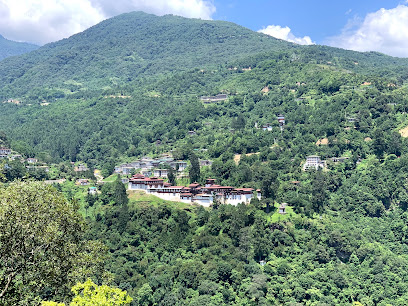
Jigme Singye Wangchuk National Park Head Office
Explore the breathtaking landscapes and rich biodiversity of Jigme Singye Wangchuk National Park, a must-visit destination for nature lovers in Bhutan.
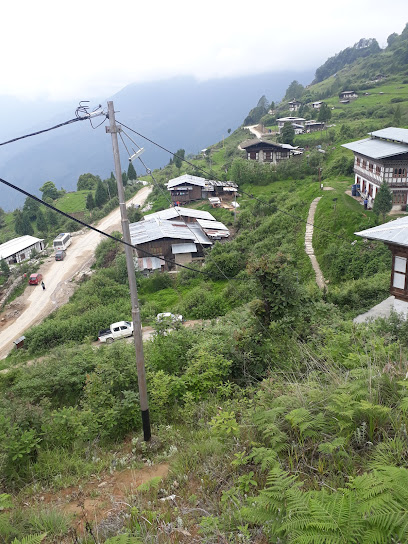
Lhayul, Chudzom, Sarpang
Explore the heart of Bhutan's culture at Lhayul, a captivating local history museum in Chudzom, Sarpang, perfect for cultural enthusiasts and curious travelers.
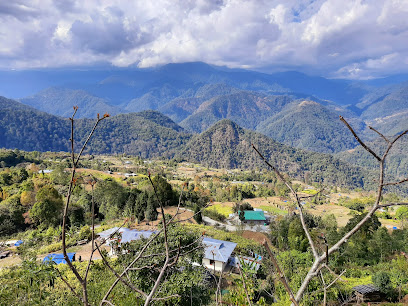
Gelephu View Point
Discover the breathtaking views and tranquil hiking trails of Gelephu View Point, a hidden gem in the heart of Bhutan's stunning landscapes.

Trong Heritage Village
Immerse yourself in the cultural beauty of Trong Heritage Village, a captivating tourist attraction in Bali showcasing traditional Balinese life.
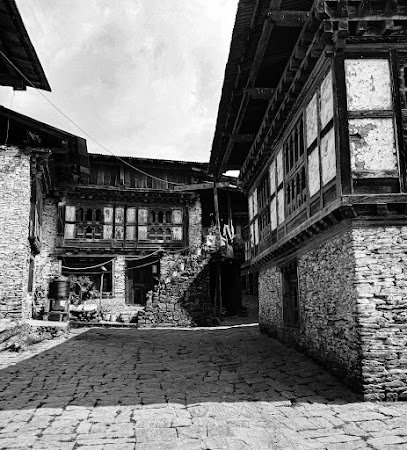
Lungsigang
Lungsigang: A Scenic Retreat in Damphu with Stunning Views and Rich Cultural Experiences Awaiting Every Traveler.
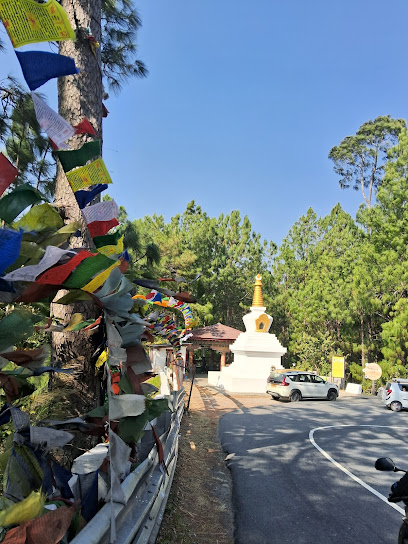
Am Seday Home Stay, Tangsibji, Trongsa
Discover the charm of Am Seday Home Stay in Tangsibji, Trongsa - where comfort meets authentic Bhutanese culture amidst stunning landscapes.
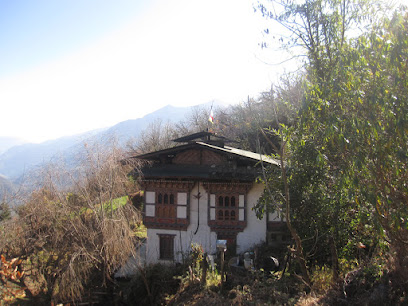
Koshala View Point
Discover the mesmerizing beauty of Koshala View Point in Lamti, Bhutan, where stunning vistas and tranquil landscapes await every traveler.
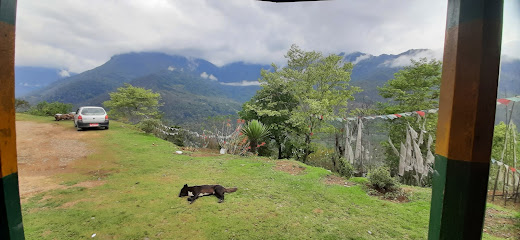
Essential places to dine
Someplace Else
Discover authentic flavors at Someplace Else in Gelephu - where local meets global cuisine in a cozy dining atmosphere.
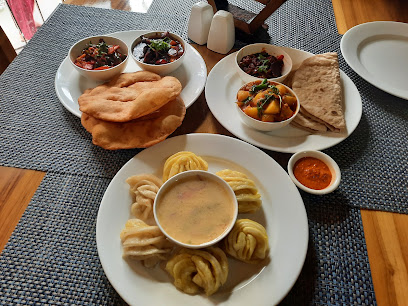
Nangloo Restaurant
Experience authentic Bhutanese cuisine at Nangloo Restaurant in Gelephu - where every meal tells a story.
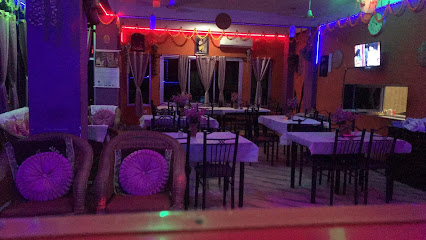
Chenzom Restaurant & Bar
Experience authentic Bhutanese cuisine blended with international flavors at Chenzom Restaurant & Bar in Sarpang.

Manshashi Restaurent
Discover authentic Nepali and Bhutanese cuisine at Manshashi Restaurant in Gelephu - a delightful stop for every traveler.
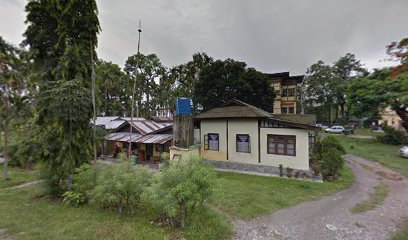
Restaurant
Discover authentic Bhutanese flavors at this charming restaurant in Sarpang, where every dish tells a story of tradition and culture.
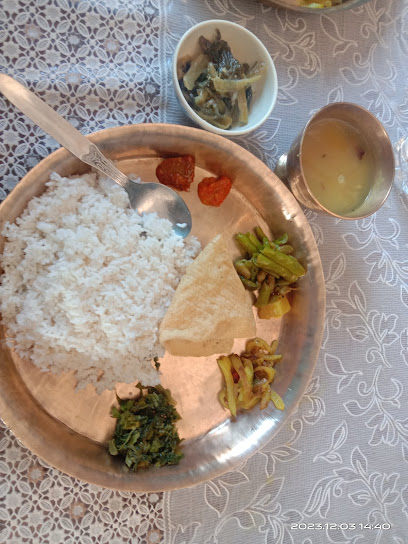
River Side Restaurant
Experience authentic Bhutanese cuisine at River Side Restaurant while enjoying breathtaking riverside views in Sarpang.
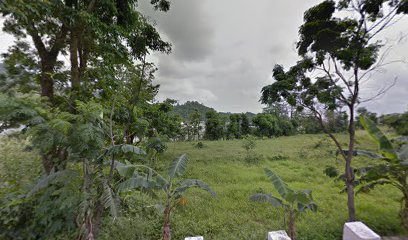
Canteen
Experience authentic Cantabrian flavors at Canteen in Sarpang – where tradition meets culinary excellence.

Pema Restaurant
Experience authentic Bhutanese flavors at Pema Restaurant in Panbang Town, where every dish tells a story.

Hang kitchen
Experience authentic Bhutanese flavors at Hang Kitchen in Gelephu - where every meal tells a story.
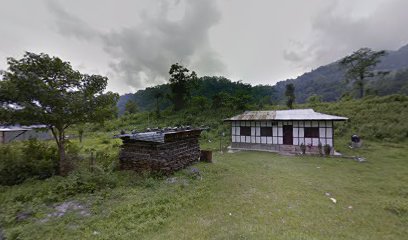
Tshering Restaurant
Experience authentic Bhutanese cuisine at Tshering Restaurant in Sarpang—where family-friendly dining meets delicious local flavors.
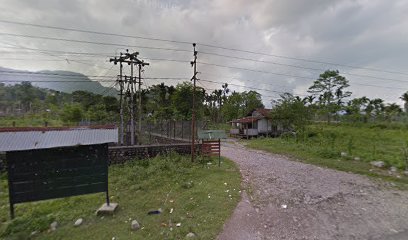
Rita Restaurant
Experience authentic Bhutanese flavors at Rita Restaurant in Sarpang, where culinary traditions meet modern dining in a vibrant setting.

Karyang Restaurant
Experience authentic Bhutanese cuisine at Karyang Restaurant in Sarpang - where every meal tells a story of tradition and flavor.
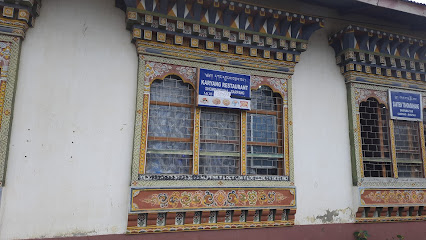
Gaalegthang Restaurant
Experience authentic Bhutanese cuisine at Gaalegthang Restaurant in Daragamg – where every dish tells a story.
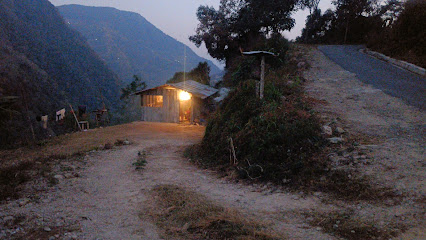
Markets, malls and hidden boutiques
Thinley general shop- sale all crockery items-cosmetice-grocery items,and Liquor Jampelling,Gelephu
Explore the treasures of Thinley General Shop in Gelephu: crockery, cosmetics, groceries, and local liquor await your discovery.
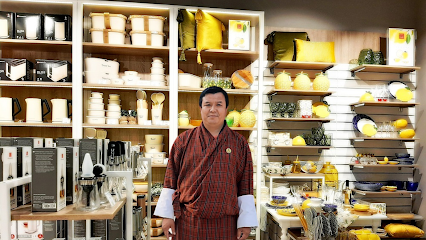
Sansari Market
Discover the vibrant atmosphere of Sansari Market, Gelephu's premier produce market filled with fresh local goods and cultural experiences.
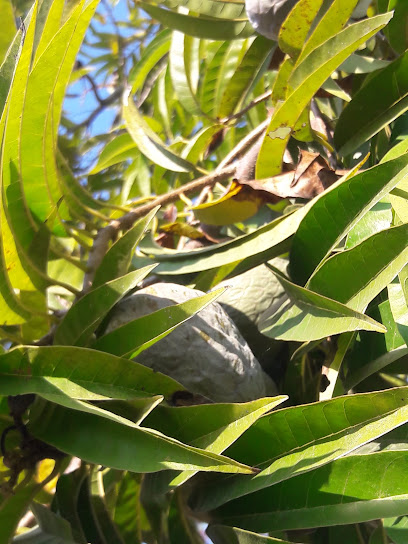
Miniso Bhutan Gelephu
Explore Miniso Bhutan in Gelephu for a unique shopping experience featuring trendy, affordable products that blend quality and style.
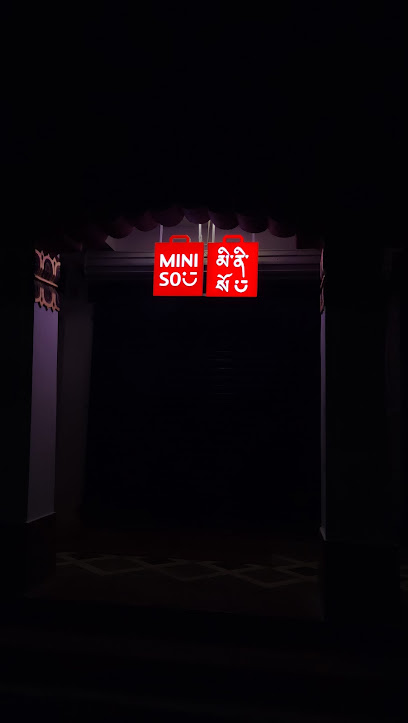
Kiaara's Enterprise
Explore Kiaara's Enterprise in Gelephu for a blend of traditional and contemporary Bhutanese fashion that captures the essence of local culture.

Happy Mart
Experience the vibrant flavors of Bhutan at Happy Mart, your go-to fruit and vegetable store in Gelephu.
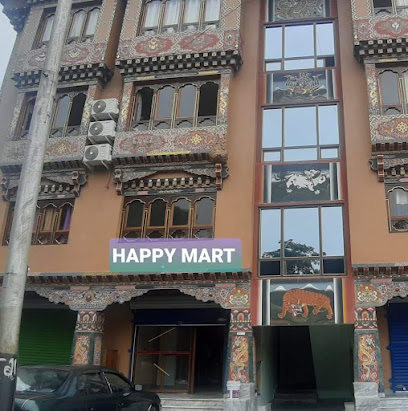
YONGCHHAB GENERAL SHOP
Discover authentic Bhutanese products and local handicrafts at Yongchhab General Shop, a charming stop in Gelephu for all travelers.
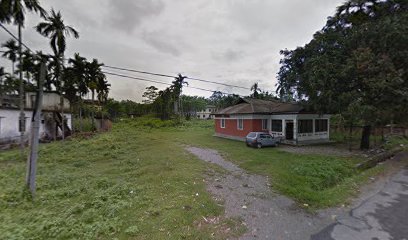
N.S ENTERPRISE
Explore N.S ENTERPRISE in Gelephu for an extensive range of hardware and agricultural supplies, tailored to meet your project needs.
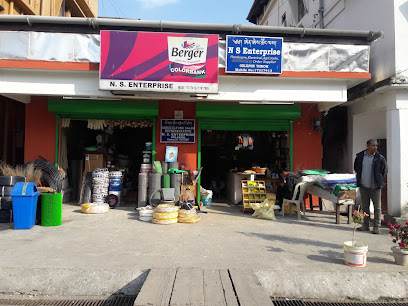
Yetsho General Shop
Explore Yetsho General Shop in Gelephu for an authentic Bhutanese shopping experience with local crafts and community warmth.

Beena Rai Shop
Explore authentic Bhutanese flavors and unique local products at Beena Rai Shop in Gelephu, your gateway to a culinary adventure.
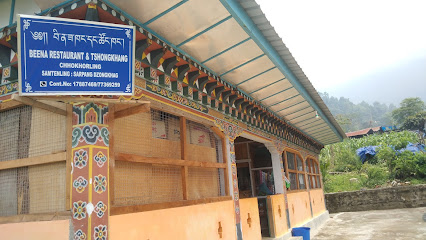
STY MART & WINE SHOP
Explore STY MART & WINE SHOP in Gelephu, your go-to destination for local products, wines, and a taste of Bhutan's vibrant culture.
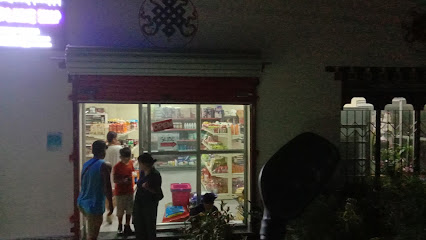
Gelephu Tshongkhang
Explore Gelephu Tshongkhang, a charming general store offering local goods, snacks, and a taste of Bhutanese culture in the heart of Gelephu.
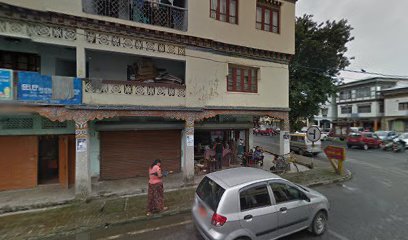
Zachary Multi Store
Experience the essence of Bhutanese culture at Zachary Multi Store, where local groceries and unique flavors await every visitor.
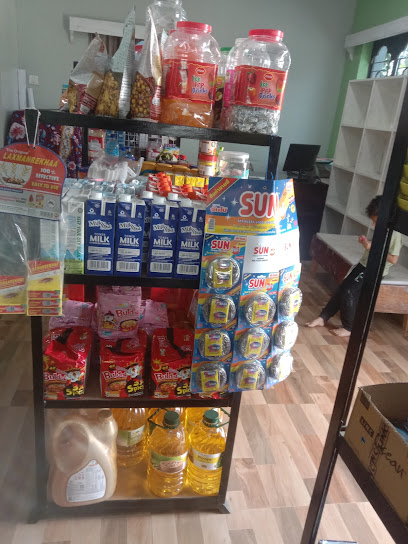
SNS GENERAL STORE
Explore the best of Bhutanese beauty at SNS General Store, your go-to cosmetics shop in Gelephu offering local and international brands.
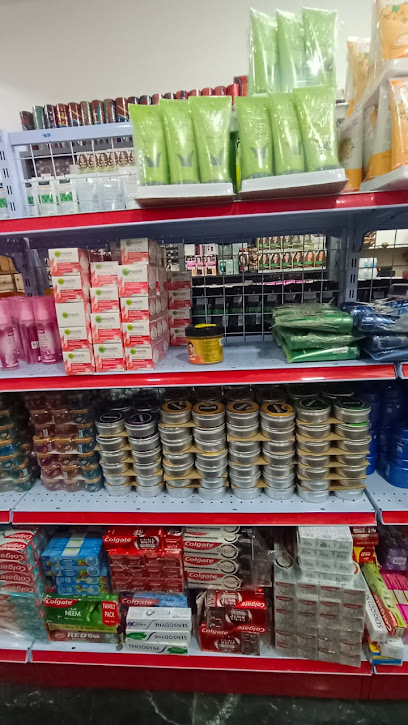
NGR shop
Explore the charm of NGR Shop in Gelephu, where local products meet Bhutanese culture in a welcoming general store setting.

Padam General Shop
Experience the essence of Bhutan at Padam General Shop in Gelephu, where local culture meets everyday convenience.
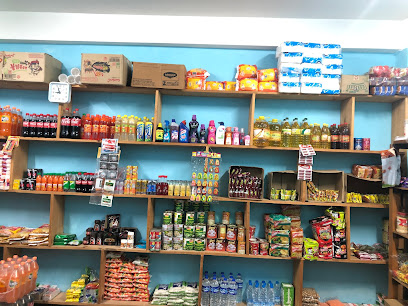
Essential bars & hidden hideouts
Crossroad bar and Karaoke
Experience the vibrant nightlife of Gelephu at Crossroad Bar and Karaoke, where unforgettable memories and melodies await every visitor.
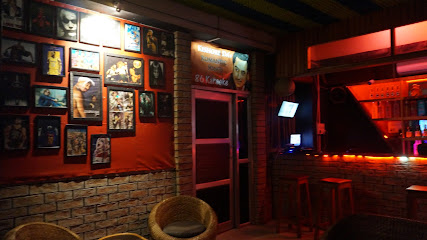
Kota Bar
Discover the vibrant atmosphere of Kota Bar in Gelephu, where local flavors and friendly faces come together for an unforgettable experience.
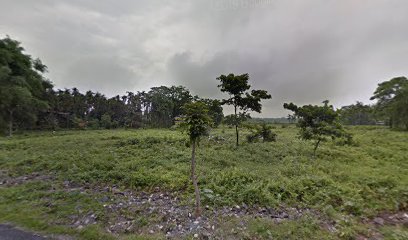
Shambhu Restaurant
Discover the vibrant flavors of Bhutan at Shambhu Restaurant in Sarpang, where local cuisine meets a warm and inviting atmosphere.
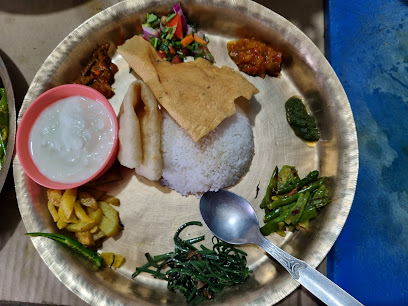
Rusticpub
Discover the vibrant energy of Rusticpub in Gelephu, where live music and local flavors create an unforgettable nightlife experience.
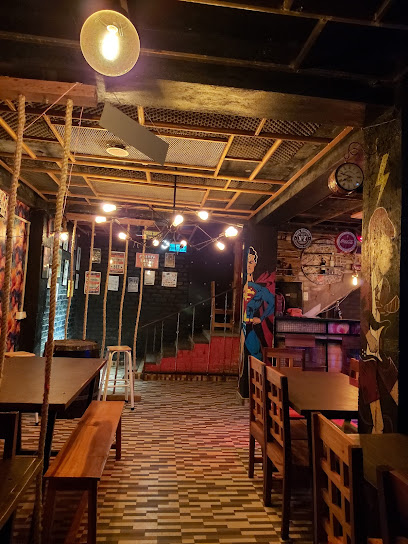
Tshering Bar Shop
Discover the lively spirit of Gelephu at Tshering Bar Shop, a local hotspot offering unique drinks and a warm, welcoming atmosphere.
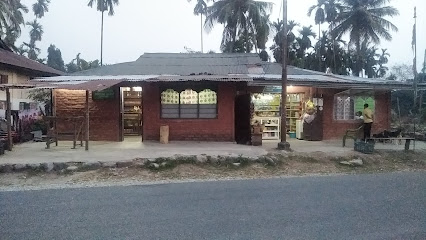
Subba Bar and General Shop
Experience the Heart of Bhutan at Subba Bar: A Cozy Bar and Social Hub for Travelers and Locals Alike.
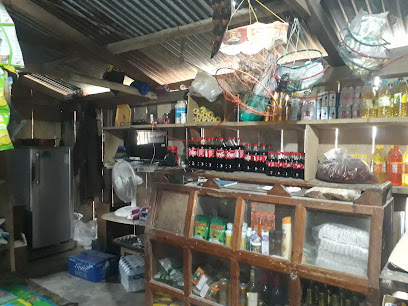
CORNER PUB( Restuatant & Bar)
Experience the vibrant nightlife of Gelephu at Corner Pub, where local culture meets a lively atmosphere perfect for relaxation.
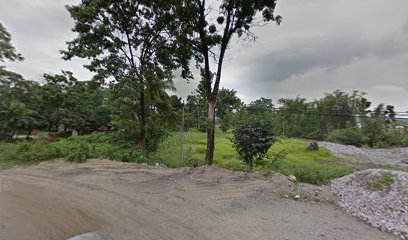
Chaskar Bar
Experience the lively ambiance of Chaskar Bar in Daanabari, where local drinks and friendly vibes create unforgettable evenings.

Subba Bar
Discover the lively ambiance and local culture at Subba Bar in Sarpang, Bhutan - a must-visit for nightlife enthusiasts.
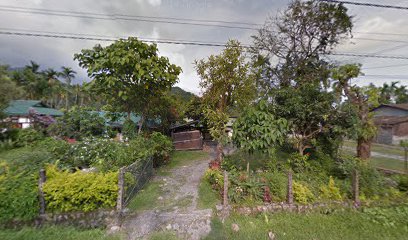
Queen Karaoke
Experience the joy of music and entertainment at Queen Karaoke in Sarpang, a must-visit spot for karaoke enthusiasts.

KD Karaoke
Experience the joy of singing at KD Karaoke in Sarpang, Bhutan, a lively venue where music and laughter come together for an unforgettable night.
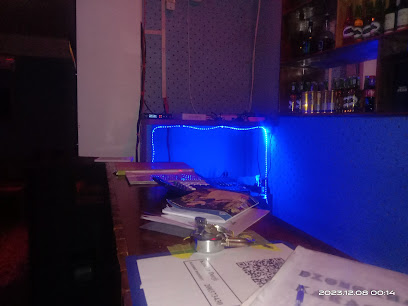
Sonam Tshering
Discover the lively atmosphere at Sonam Tshering, a cultural bar experience along Sarpang - Gelephu, Trongsa Highway, perfect for relaxation and socializing.
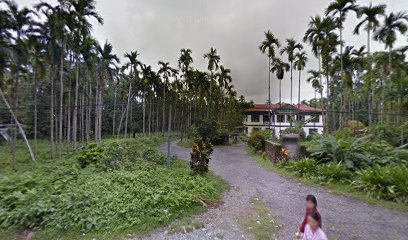
LEO BAR
Discover the vibrant nightlife at Leo Bar, where delicious drinks, light bites, and a welcoming atmosphere await every tourist.

Suk Maya Tshongkhang
Discover the charm of Sarpang at Suk Maya Tshongkhang, a vibrant bar offering a delightful selection of drinks and a welcoming atmosphere.

Leki Bar
Experience the local charm and vibrant atmosphere at Leki Bar in Gelephu, a perfect retreat for tourists seeking relaxation and social interaction.

History of Sarpang District
-
Sarpang District, nestled in the southern part of Bhutan, has a rich history that dates back to ancient times when it was inhabited by indigenous communities. These early settlers engaged in agriculture and trade, taking advantage of the fertile land and strategic location along the trade routes between India and Bhutan.
-
In the 17th century, the Drukpa Lineage, a prominent Buddhist school, began to exert influence over the region. Monasteries and religious institutions were established, and the spread of Buddhism brought new cultural and spiritual dimensions to the local communities. This era marked a significant shift in the religious and cultural landscape of Sarpang.
-
During the British colonial period in India, Sarpang held strategic importance due to its proximity to the Indian border. The British established trade routes and outposts, which facilitated commerce but also brought external influences. The district became a melting pot of cultures, with diverse communities coexisting and contributing to the region’s pluralistic heritage.
-
Post-independence, Sarpang evolved as Bhutan underwent significant political and administrative changes. The district was officially established as part of the administrative reforms initiated by the Bhutanese government. Infrastructure development, such as the construction of highways and bridges, connected Sarpang more effectively with the rest of the country, spurring economic growth and modernization.
-
Sarpang has long been known for its agricultural productivity, thanks to its fertile soil and favorable climate. The region produces a variety of crops, including rice, maize, and vegetables, which are vital to Bhutan’s food security. Agricultural festivals and traditional farming practices continue to play a crucial role in the district's cultural identity.
-
The people of Sarpang celebrate a myriad of cultural festivals that reflect their rich heritage. Events such as Tshechu, a religious festival featuring masked dances and rituals, showcase the district’s deep-rooted Buddhist traditions. These festivals are not only religious observances but also serve as a means of community bonding and cultural preservation.
-
In recent years, Sarpang has become a focal point for environmental conservation efforts. The district is home to diverse ecosystems, including lush forests and wildlife sanctuaries. Conservation initiatives aim to protect the natural habitat and promote sustainable practices, ensuring that Sarpang’s natural beauty and biodiversity are preserved for future generations.
Sarpang District Essentials
-
Sarpang District can be accessed primarily via road from the capital city Thimphu and other major towns in Bhutan. The nearest airport is Paro International Airport, which is about 6-7 hours away by car. From Paro, you can hire a taxi or take a bus to Sarpang. There are also regional flights to Gelephu Airport, located within Sarpang District, which may be more convenient depending on your travel plans.
-
Within Sarpang District, transportation options include taxis, buses, and rented vehicles. Taxis are readily available; however, fare negotiation might be required. Public buses are a more economical option and connect major towns and villages. Renting a car can provide more flexibility, especially if you plan to explore remote areas. Be prepared for winding mountain roads and drive cautiously.
-
The official currency in Bhutan is the Bhutanese Ngultrum (BTN). Indian Rupees (INR) are also widely accepted. Credit cards are accepted in some hotels and larger establishments, but cash is preferred in smaller shops and rural areas. ATMs are available in larger towns like Gelephu, so it is advisable to withdraw sufficient cash before venturing into more remote areas.
-
Sarpang District is generally safe for tourists. However, it is advisable to take standard precautions such as avoiding isolated areas at night and keeping an eye on personal belongings. While the crime rate is low, always stay vigilant and be aware of your surroundings. There are no specific high-crime areas targeting tourists, but it is always wise to exercise caution.
-
In case of an emergency, dial 112 for police assistance or 110 for medical emergencies. The district has local police stations and medical facilities, including a hospital in Gelephu. It is advisable to have travel insurance that covers medical emergencies. Pharmacies are available in major towns where you can purchase over-the-counter medications.
-
Fashion: Do dress modestly, especially when visiting religious sites. Avoid wearing revealing clothing. Religion: Do respect local customs and traditions. Always remove your shoes and cover your head when entering temples and monasteries. Public Transport: Do be respectful and give up your seat to elderly passengers. Don't eat or drink on public transport. Greetings: Do greet people with a gentle bow or a handshake. Use the traditional greeting 'Kuzuzangpo' for a friendly exchange. Eating & Drinking: Do try local delicacies and accept food offerings graciously. Don't refuse hospitality, as it is considered impolite.
-
To experience Sarpang District like a local, visit the local markets in Gelephu where you can buy fresh produce and traditional Bhutanese goods. Engage with locals, as they are often friendly and willing to share stories about their culture and history. Don't miss the opportunity to visit nearby natural attractions like Royal Manas National Park and the beautiful villages that showcase traditional Bhutanese architecture.
Trending Landmarks in Sarpang District
-
National Memorial Chhorten རྒྱལ་ཡོངས་རྗེས་དྲན་མཆོད་རྟེན།
-
Punakha Dzong སྤུ་ན་ཁ་རྫོང་།
-
Punakha Suspension Bridge
-
Royal Takin Preserve
-
Simtokha Dzong སེམས་རྟོགས་ཁ་རྫོང་།
-
Mwnabili Picnic Spot & Eco Tourism
-
Phobjikha Valley
-
Zangtopelri
-
Chimi Lhakhang
-
Gangtey Monastery
-
Dochula
-
Royal Manas National Park
-
Jigme Singye Wangchuck National Park
-
Bhutan-India Border, Gelephu
-
Jamphel Lhakhang བྱམས་་པ་ལྷ་ཁང་།
Nearby Cities to Sarpang District
-
Things To Do in Jakar
-
Things To Do in Bumthang
-
Things To Do in Mongar
-
Things To Do in Wangdue Phodrang
-
Things To Do in Punakha
-
Things To Do in Thimphu
-
Things To Do in Phuentsholing
-
Things To Do in Trashigang
-
Things To Do in Paro
-
Things To Do in Guwahati
-
Things To Do in Rangpur
-
Things To Do in Gangtok
-
Things To Do in Shillong
-
Things To Do in Siliguri
-
Things To Do in Darjeeling








